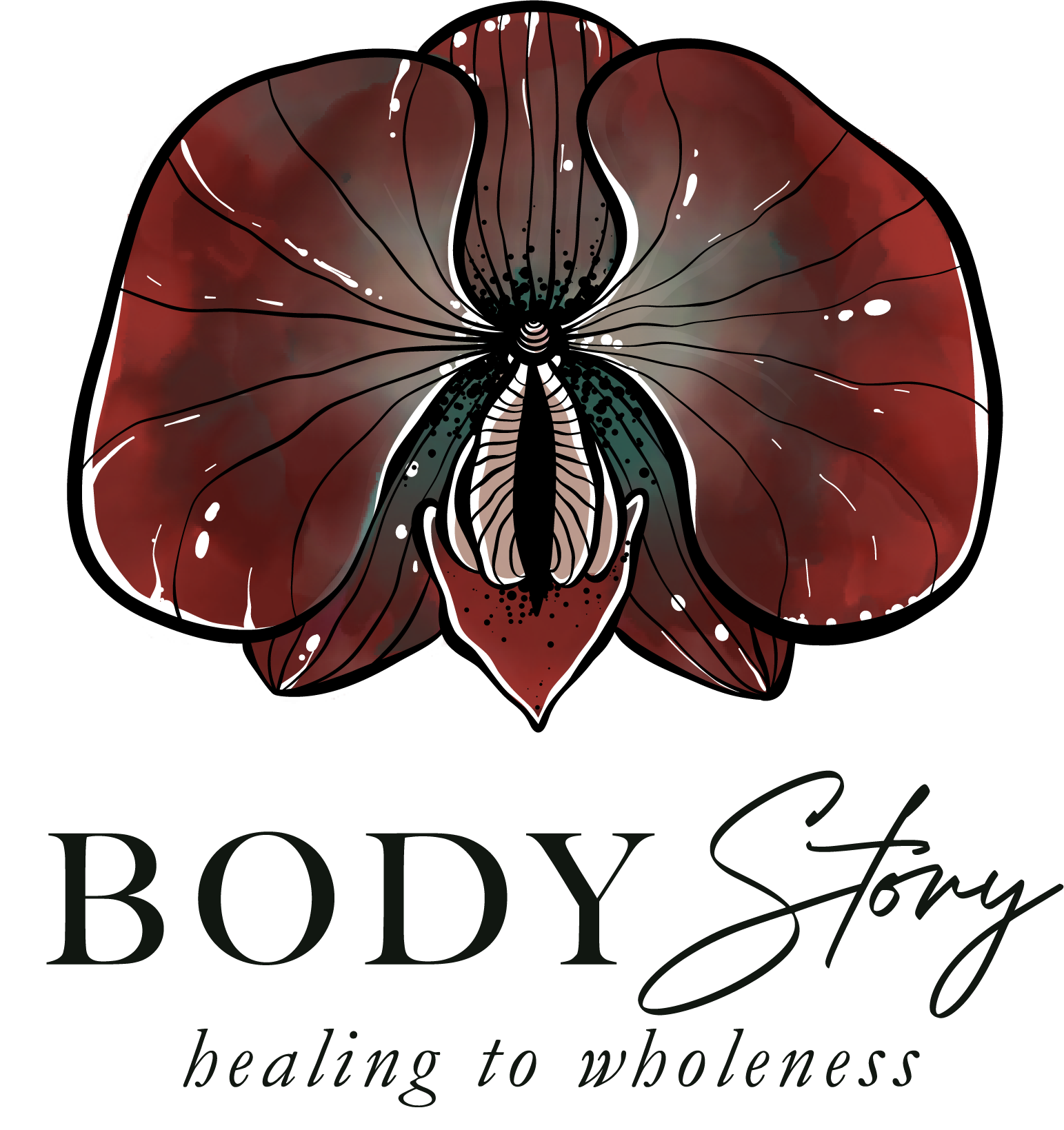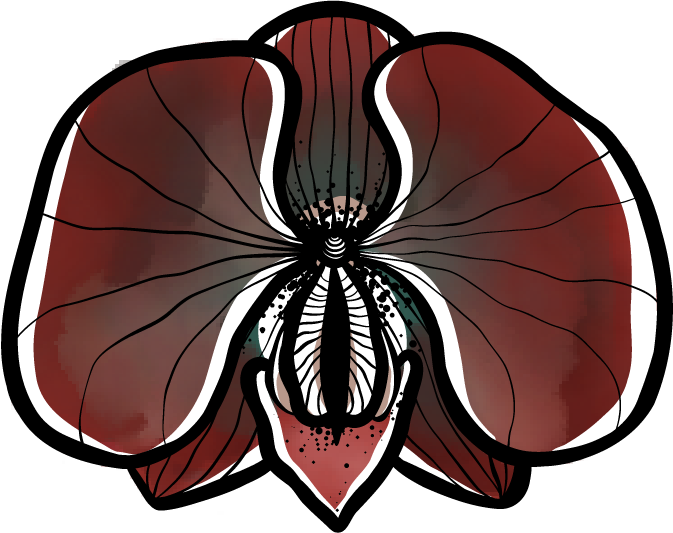I know what surrender looks like.
She’s on her knees in response to my direction. But the buzz in my ears tells me she is afraid. I ask her what she feels. A desire to run away, she says. I tell her to stand and move away from my sight.
He’s crawling toward me on hands and knees, but too quickly. It’s rote, a performance. I tell him to return to where he started and move more slowly. It takes three tries before he understands why.
I clip him to a leash and collar and instruct him to hand me something just out of arm’s reach. As he leans forward, I pull him back. I can see his breath catch as he feels the volcanic rejection of authority he holds. It was always his first line of defense. “That won’t work here,” I tell him.
I’m sitting alone on my front porch. My shoulders are tight, neck aching, jaw cramped. My body tells me, “You have been trying to control things all day.” But there are new blossoms on the tree in my yard. I inhale deeply, sigh, and receive their beauty.
Yes, I know what surrender looks like. How could I not, when I have been given an ego this strong to wrestle with all my life, when I wrestle with others’ egos for a living?
It’s not the collapse of resignation. Nor is it a doormat we lay on our backs for anyone to wipe their feet on. It is the inaction of dropping into oneself, attuning to the rhythm of our own heartbeats, being inside our skin.
Like standing before a beautiful piece of art in a museum, when we are surrendered, we see what we see without looking.
When to Surrender
I mostly know when to employ surrender. Not always. Not never. Because there are times that require our fight. Resistance is not always futile, though it certainly can be.
“So how do you know when to surrender?” she asks me. My response: when it’s not working.
It’s the right time for surrender when the fight is causing more harm than good. When your desire to win is fueled not by your values, but your desire to win. When you finally lift your head out of the ego’s sand and see that you’re hurting yourself or others.
When you begin to look, you’ll find all sorts of excuses to melt into it.
Surrender Is a Practice
When you know what to look for, you’ll see the images of surrender are everywhere. Heavy eyelids, parted lips, breath like melted butter, silence. But it’s not as easy as it looks – it requires practice.
Practice, because the predominant cultural conditioning does not value surrender, and therefore does not teach us how to feel safe enough to do so. Practice, because there are many countercultural alternatives that teach us how to feel safe enough to do so, but not all of them work for all of us. We are allowed to make a mess to figure out what cleans us up.
Why and How
If you’re not sure why you would want to find a state of surrender, I’ll tell you that it’s an answer that is only given when you reach the state. You’ll know exactly why when your muscles slide down and your brain stops ticking. It’s the highest state of sobriety we can attain.
Because you may be clueless about how, here’s a short list of ways to surrender:
- Weight or bondage. Blankets, cuddles, ropes, leashes, and the like create a feeling of being held and contained to allow a release of will.
- Obeying a trusted, ethical leader. The instructions and discipline you receive should align with your values and desires. Perhaps they wouldn’t be what you would inflict on yourself, but you trust that they’ll get you somewhere.
- Prostration, kneeling, crawling. Bring your body into the posture of surrender and stay long enough to feel what you feel.
- Openly weeping, whether from beauty or pain (or the intersection of the two). Move past the urge to mask and into what is.
Try something, anything. If you don’t feel the magic, at least feel the resistance. Bow to that fully and sweetly, and eventually you’ll find your way home.
________________
Learn to trust your limits and experience a state of true surrender. Now accepting applications for the Art of Worship.





